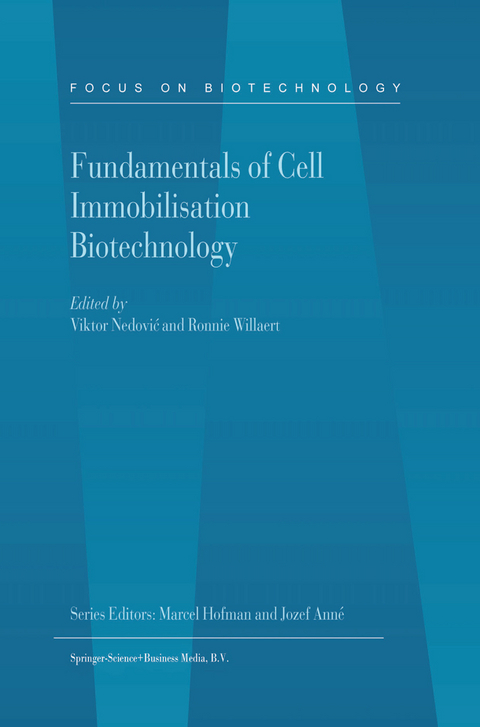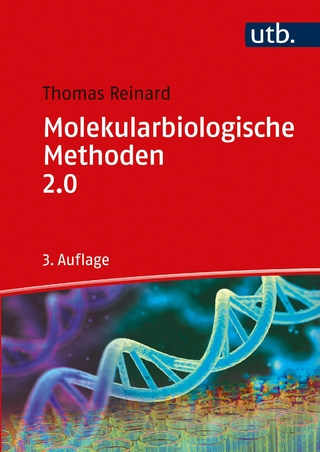
Fundamentals of Cell Immobilisation Biotechnology
Springer (Verlag)
978-90-481-6534-6 (ISBN)
The first volume, Fundamentals of Cell Immobilisation Biotechnology, comprises 26 chapters arranged into four parts:
Materials for cell immobilisation/encapsulation,
Methods and technologies for cell immobilisation/encapsulation,
Carrier characterisation and bioreactor design, and
Physiology of immobilised cells: techniques and mathematical modelling.
1 Materials for Cell Immobilisation/Encapsulation.- Biomaterials for cell immobilization: A look at carrier design.- Alginate as a carrier for cell immobilisation.- Entrapment in LentiKats®: Encapsulation of various biocatalysts — bacteria, fungi, yeast or enzymes into polyvinyl alcohol based hydrogel particles.- Starches as encapsulation materials.- Proteins: versatile materials for encapsulation.- Polyelectrolyte complexes for microcapsule formation.- Pre-formed carriers for cell immobilisation.- Microcarriers for animal cell culture.- 2 Methods and Technologies for Cell Immobilisation/Encapsulation.- Microcapsule formulation and formation.- Liquid core caspules for applications in biotechnology.- Direct compression — novel method for encapsulation of probiotic cells.- Cell immobilisation in pre-formed porous matrices.- Whole cell immobilization in chopped hollow fibres.- Use of vibration technology for jet break-up for encapsulation of cells and liquids in monodisperse microcapsules.- Immobilization of cells and enzymes using electrostatic droplet generation.- The JetCutter technology.- Industrial scale encapsulation of cells using emulsification/dispersion technologies.- Atomisation techniques for immobilisation of cells in micro gel beads.- Spray coating and drying processes.- 3 Carrier Characterisation and Bioreactor Design.- Diffusive mass transfer in immobilised cell systems.- Characterization of microcapsules.- Immobilised cell bioreactors.- 4 Physiology of Immobilised Cells: Experimental Characterisation and Mathematical Modelling.- Applications of NMR spectroscopy and imaging to the study of immobilised cell physiology.- Physiology of immobilised microbial cells.- Modelling immobilised-cell processes: Application to integrated nitrogen removal withco-immobilised microorganisms.- Biofilm modelling.
| Erscheint lt. Verlag | 4.12.2010 |
|---|---|
| Reihe/Serie | Focus on Biotechnology ; 8A |
| Zusatzinfo | VI, 555 p. |
| Verlagsort | Dordrecht |
| Sprache | englisch |
| Maße | 160 x 240 mm |
| Themenwelt | Medizin / Pharmazie ► Gesundheitswesen |
| Naturwissenschaften ► Biologie ► Genetik / Molekularbiologie | |
| Naturwissenschaften ► Biologie ► Mikrobiologie / Immunologie | |
| Naturwissenschaften ► Biologie ► Zellbiologie | |
| Naturwissenschaften ► Chemie | |
| Technik ► Umwelttechnik / Biotechnologie | |
| ISBN-10 | 90-481-6534-2 / 9048165342 |
| ISBN-13 | 978-90-481-6534-6 / 9789048165346 |
| Zustand | Neuware |
| Informationen gemäß Produktsicherheitsverordnung (GPSR) | |
| Haben Sie eine Frage zum Produkt? |
aus dem Bereich


